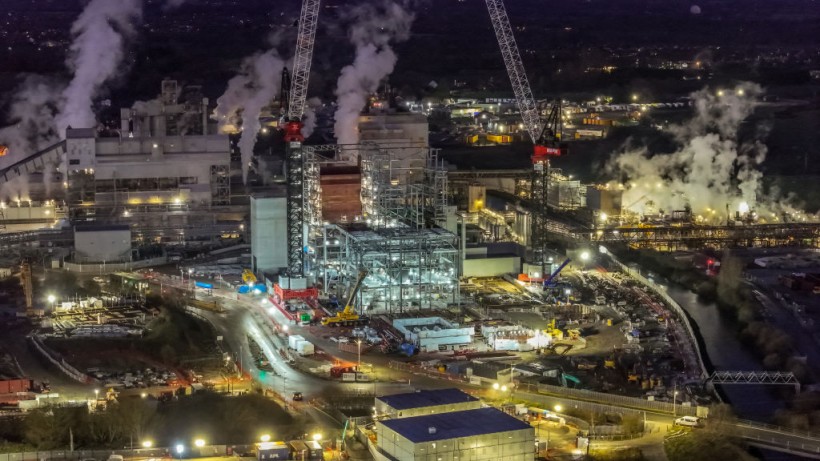A new wave of climate change denial is on the rise, according to a misinformation campaign group's analysis of over 12,000 videos online.
Undermine Green Energy Solution
The "new denial" aims to weaken trust in green energy solutions, climate science, and scientists, according to research conducted by a group of academics and the Center for Countering Digital Hate (CCDH).
These types of denial accounted for 70% of falsehoods about climate change videos published on sites such as YouTube and X over a six-year period.
Videos containing climate denial claims had more than 325 million views in total, according to a study that employed artificial intelligence algorithms to sort and classify assertions in content uploaded between 2018 and 2023.
Academics led by Travis Coan from the University of Exeter in the United Kingdom discovered that previous kinds of climate change denial had decreased to one-third of the disinformation.
Fewer instances of cold weather or an impending ice age were discovered, for example, as meteorological evidence of global warming rose.
Instead, the majority of statements fell into three new categories: that the effects of global warming were either innocuous or even positive; that climate research was untrustworthy; and, most importantly, that the climate solutions proposed would fail.
One example is that electric automobiles emit three times as much hazardous pollution as internal combustion engines when the mining of rare earth resources used to make the vehicle is considered.
In fact, the US Environmental Protection Agency and many experts agree that over the lifespan of an EV, total greenhouse gas emissions are often lower, even after accounting for manufacture.
A separate claim made by the Heartland Institute, a conservative and libertarian US policy think tank, was that the transition to wind power will destroy half of the world's forests, wildlife habitats, and open plains, making it more damaging than even the worst-case climate change scenarios.
It is predicted that the transition to wind and solar would require an area equivalent to the fossil fuel industry's current footprint.
"This new climate denial is no less insidious and it could hold enormous influence over public opinion on climate action for decades to come," said Imran Ahmed, chief executive officer and founder of CCDH.
Read Also: Organizations Bankrolling Climate Change Denial Revealed in New Study
YouTube Making Millions
YouTube earns millions of dollars annually from advertising on channels that make incorrect claims about climate change because content creators are utilizing innovative strategies that bypass the social media platform's standards to combat disinformation.
According to the CCDH, this is especially concerning given the youthful demographic that YouTube attracts.
A Pew Research Center survey conducted in December reveals that YouTube was the most popular social media network among 13- to 17-year-olds, with approximately nine in ten of them using it.
According to the research, the shift in strategies to hinder climate action may also enable content creators' YouTube's restriction prohibiting them from making money from climate denial videos.
In 2021, the firm banned advertising for anything that "contradicts well-established scientific consensus around the existence and causes of climate change."
According to the CCDH's estimations, YouTube may earn up to $13.4 million per year from ads on videos determined to contain climate denial. These commercials include those from famous sportswear brands, hotels, and international organizations.
Related Article: Climate Change Deniers Should Be Punished, Says Al Gore
© 2024 NatureWorldNews.com All rights reserved. Do not reproduce without permission.





![Roundworms with Short Memories 'Stop Forgetting' When Frozen or Given Lithium [Study]](https://1471793142.rsc.cdn77.org/data/thumbs/full/70295/280/157/50/40/roundworms-with-short-memories-stop-forgetting-when-frozen-or-given-lithium-study.jpg)
